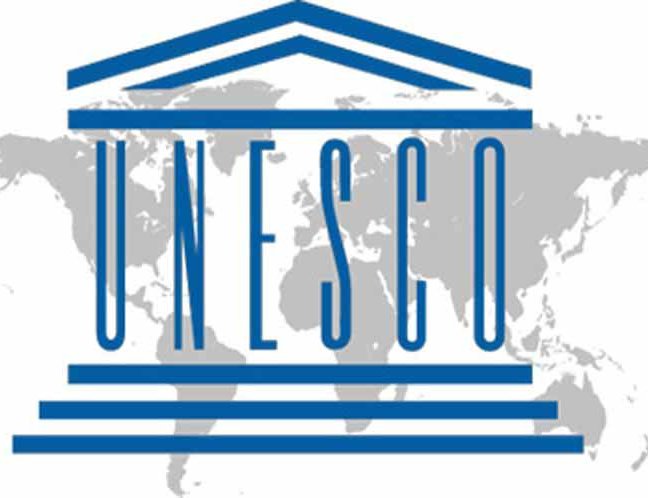United Nations Educational, Scientific, and Cultural Organization UNESCO
What Is It?
The 1972 World Heritage Convention links together in a single document the concepts of nature conservation and the preservation of cultural properties. The Convention recognizes the way in which people interact with nature, and the fundamental need to preserve the balance between the two.
It defines the kind of natural or cultural sites considered for inscription on the World Heritage List and sets out the duties of countries in identifying potential sites and their role in protecting and preserving them. By signing the Convention, each country pledges to conserve not only the World Heritage sites situated on its territory, but also to protect its own national heritage. Countries are encouraged to integrate the protection of the cultural and natural heritage into regional planning programmes, set up staff and services at their sites, undertake scientific and technical conservation research and adopt measures which give this heritage a function in the day-to-day life of the community.
It also encourages countries to strengthen the appreciation of the public for World Heritage properties and to enhance their protection through educational and information programmes.
UNESCOWorld Cultural Heritage Sites
Here is an interactive map from the the World Heritage Organization of the all the current World Heritage Sites.
SitesTop

